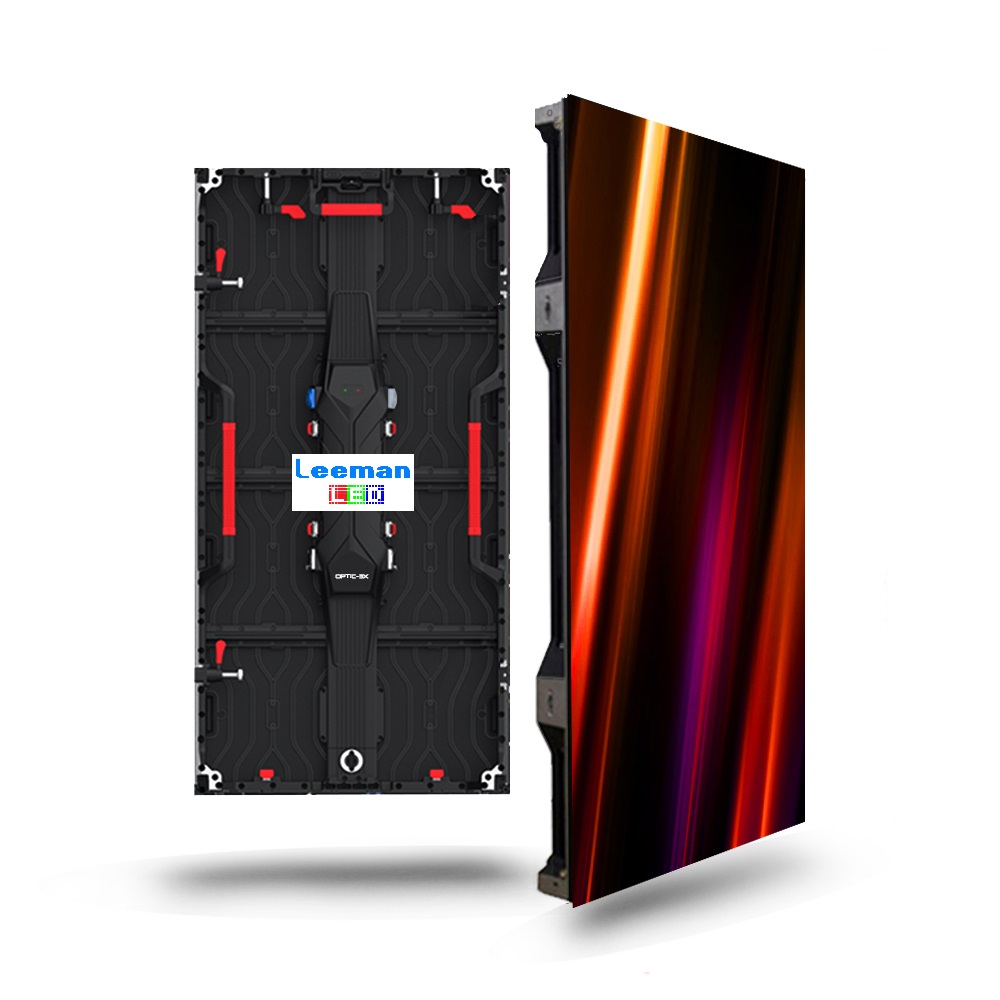Investigating the Durability of LED Display Screens in Comparison to Conventional Display Methods
Investigating the Durability of LED Display Screens in Comparison to Conventional Display Methods
Blog Article
LED panel panels have become progressively favored in recent times, especially in environments like schools, corporate spaces, and community areas. These screens use LED diodes (LEDs) to produce vivid and lively images. One of the most notable advantages of LED innovation is its durability in contrast to traditional display methods, such as CRT ray tubes (CRTs) and LCD crystal screens. Grasping the differences in lifespan and performance between these technologies can assist buyers make informed choices about their display needs.
Traditional screen technologies, like CRTs, have been present for numerous years. They were frequently used in TVs and computer monitors. However, CRTs have a limited lifespan, generally lasting around 10,000 to 20,000 hrs of use. This means that after a few of years, users may observe a decline in picture clarity, such as fading or color deformation. In contrast, LED panel screens can last significantly longer, often exceeding 50,000 hrs. This extended lifespan means that consumers can experience consistent performance without the requirement for regular replacements.
Another crucial factor to consider is power efficiency. LED wall screens utilize less power than conventional screens, which not only helps the environment but also lowers electricity expenses. For instance, while a CRT monitor may consume approximately 100 watts of power, an LED screen can consume as little as 30 to 50 watts. This discrepancy in power consumption contributes to the total durability of LED technology, as lower energy blog consumption generates less heat. Excess thermal energy can damage electronic components, leading to a shorter lifespan for conventional screens.
In addition to their longer duration and power efficiency, LED wall screens also offer enhanced visual clarity. They provide brighter hues and improved contrast, making them ideal for multiple uses, from marketing to educational presentations. The technology behind LED screens enables for a wider viewing angle, meaning that visuals stay clear and vibrant even when seen from the flank. This is a significant benefit over conventional screens, which often suffer from color deformation and diminished luminosity at wider angles.
In conclusion, the durability of LED panel screens in contrast to conventional display technologies is a crucial aspect for buyers to consider. With durations that can surpass 50,000 hours, energy efficiency, and superior image quality, LED technology offers many advantages. As innovation continues to progress, LED panel screens are likely to become even more prevalent in various environments. Grasping these distinctions can help people and entities make improved choices when investing in display innovation, guaranteeing they get the optimal worth for their needs.